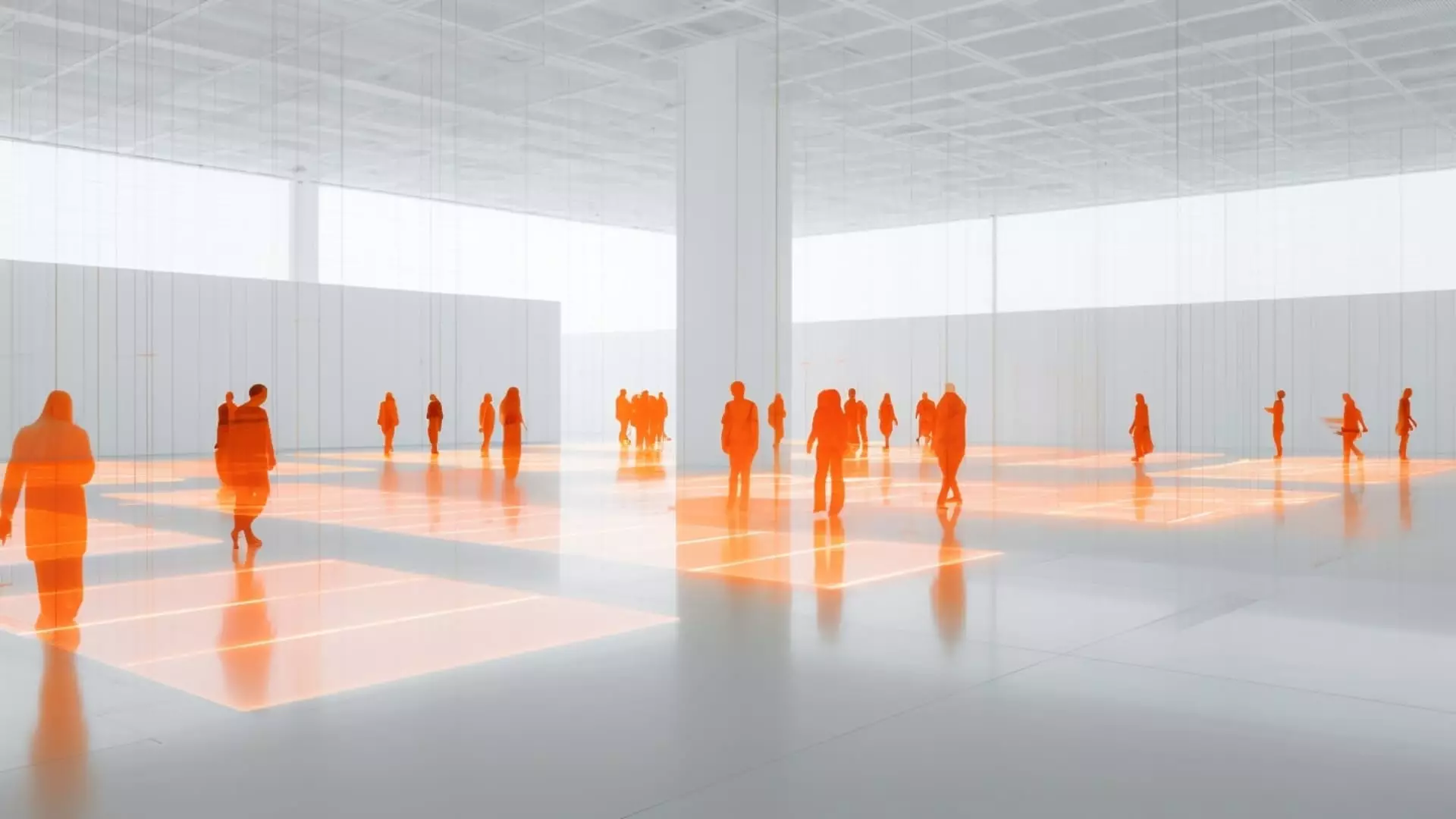As the world gradually emerges from the shadow of the pandemic, many corporations are eager to bring employees back to the office — not solely due to logistical necessity but driven by an outdated belief in the moral and economic virtues of physical workspaces. While headlines tout the “return to normal,” the reality is far more complicated. The push is driven more by management’s desire to reassert control and justify escalating real estate costs than by genuine productivity gains. The assumption that reviving old office routines will stimulate growth is fundamentally flawed; it’s driven by inertia and vested interests rather than evidence.
The inflated optimism around office space revitalization ignores the seismic shift in work culture. Remote and hybrid models have already proved sustainable and beneficial, offering employees flexibility and autonomy. Rather than acknowledging this, many corporations see the return as a chance to reclaim territories lost to digital transformation. The fact that leasing agreements, expensive remodels, and green “sustainability” upgrades are being aggressively pursued reveals an underlying tendency to cling to traditional power structures and prestige associated with grandeur office complexes. The real question is whether these investments are actual catalysts for improved productivity or just costly symbols of reluctance to adapt.
The Data Dilemma: Surveillance as a Double-Edged Sword
Innovations like Butlr’s body heat sensors exemplify the obsession with quantifying office dynamics. These technologies promise insights that supposedly improve employee experience but also raise serious privacy concerns. Such systems are marketed as tools for optimizing office efficiency and fostering collaboration — yet, at their core, they serve as covert surveillance mechanisms. When companies rely on heat and motion sensors to monitor interactions, the line between productivity enhancement and intrusive oversight becomes perilously blurred.
This tension reflects a broader trend where corporations increasingly prioritize data collection under the guise of improving culture, all while neglecting the importance of trust and employee rights. It’s a narrative that suggests a commitment to employee well-being but reveals a disturbing willingness to trade privacy for marginal gains. These tactics may generate short-term efficiencies but threaten long-term morale if workers begin to feel scrutinized rather than supported. At its core, this approach exemplifies a worldview that values monitoring over meaningful engagement, perpetuating a cycle of distrust rather than fostering genuine collaboration.
The Cost of Maintaining Outdated Expectations
Investing in high-end office renovations and “modern” upgrades is soaring, according to recent reports. The push for premium materials, cutting-edge finishes, and energy-efficient systems is presented as a necessity for attracting top talent and showcasing corporate sophistication. Yet, these expenditures also serve to reinforce a particular vision of success rooted in physical presence, often ignoring the reality that many employees prefer flexibility.
Rising material costs, labor shortages, and economic uncertainties only underscore the irrationality of pouring billions into maintaining an aging paradigm. While it’s tempting for executives to view lavish office spaces as a symbol of strength, this is increasingly disconnected from employees’ actual preferences and the economic realities of today’s labor market. At a time when remote work offers substantial savings—both for companies and individuals—the emphasis on expensive real estate and flashy renovations appears increasingly misplaced. It underscores a failure to recognize that the workforce, particularly younger generations, values autonomy over opulence.
Is the Office Really Essential or Just an Ego Trip?
The narrative that physical office spaces are indispensable for innovation and productivity is increasingly unconvincing. While some sectors benefit from in-person collaboration, many high-value activities, such as strategic thinking, creative processes, and deep focus, are better suited to flexible, distraction-free environments—remote setups, in many cases. Yet, corporate culture and leadership often cling to outdated notions of presence as a proxy for engagement and commitment. This cultural inertia prevents a realistic assessment of what truly drives workplace success.
Furthermore, the push to monitor and micromanage staff through technological tools reveals a fundamental misunderstanding of motivation. Employees seek trust, purpose, and autonomy—elements that cannot be manufactured through surveillance or costly remodels. The real opportunity lies in reimagining the office as a shared, communal space that complements remote work rather than a symbol of corporate dominance. Until then, the current strategy seems destined to result in wasted resources, employee dissatisfaction, and ultimately, a hollow “revival” of the office.
Despite the allure of technological innovation and shiny new spaces, the core issue remains: the traditional office model is increasingly an expensive illusion. It’s driven by power, prestige, and fear of irrelevance, rather than genuine economic or cultural necessity. Unless leaders start questioning their assumptions about the office’s value, they will continue pouring money into a declining paradigm—one that benefits the few at the expense of broader economic efficiency and employee well-being.

